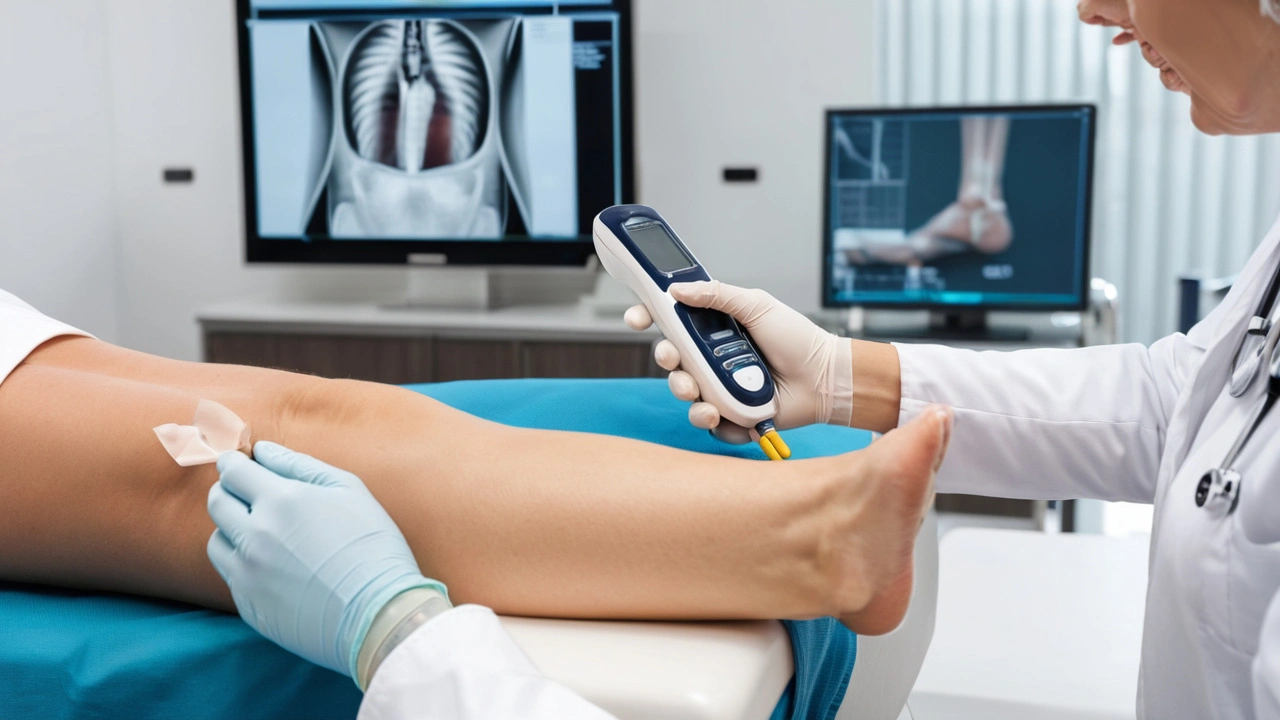Tendonitis treatment: practical relief you can start today
Tendonitis can stop you from doing simple things — lifting a mug, climbing stairs, or running. Good news: most cases improve with simple, focused steps you can do at home. Read this short guide to know what works, what to avoid, and when to see a doctor.
First aid and daily care
Start by easing the load. Cut back on the activity that hurts but don’t stop all movement — gentle range-of-motion helps keep the tendon healthy. For the first few days use ice for 10–15 minutes after activity to reduce pain. Use heat before exercises to loosen the area. Over-the-counter pain relievers help for short-term pain, but avoid relying on them to keep pushing through bad pain.
Manual therapy and massage: Targeted massage can ease tight muscles around the tendon and reduce painful trigger points. Techniques like cross-friction (short, deep strokes across the tendon), trigger point work, and gentle deep-tissue massage help break down knots and improve local blood flow. Try short self-massage sessions or book a few sessions with a therapist experienced in tendon care. Don’t overdo pressure directly on an inflamed tendon.
When to try medical treatments
If pain won’t calm after six weeks of sensible care, see a specialist. Corticosteroid injections may reduce pain quickly but can weaken tendon tissue and raise rupture risk if used often. Newer options include PRP (platelet-rich plasma) and shockwave therapy — some people get real benefit, but results vary. Surgery, including procedures like contractual tendon release, is reserved for persistent cases that don’t respond to conservative care.
Exercises that actually help: Eccentric strengthening is one of the most effective tools for tendon recovery, especially for Achilles and patellar tendonitis. That means slowly lowering the weight or foot under control. A physical therapist can show you correct progressions. Add gentle stretching and then build up to heavier, controlled loading over weeks. Patience beats intensity — quick ramps often make things worse.
Recovery tips: Progress load slowly, sleep well, and eat a protein-rich diet with vitamin C to support collagen repair. Avoid smoking — it reduces blood flow and slows healing. Use proper footwear and simple braces or taping during workouts to offload the tendon while you rebuild strength.
Prevent it from coming back: Warm up, increase training volume by no more than 10% per week, fix technique flaws, and add strength work focused on the whole kinetic chain — hips, core, and calves or quads depending on the tendon. Small fixes in daily habits often prevent larger relapses.
If pain is sharp, sudden, or you lose function, get immediate medical help. Otherwise, a mix of rest, the right exercises, targeted massage, and sensible medical options usually gets you back to normal.
Expect steady progress: many people feel less pain in 4–6 weeks, but full tendon recovery can take three months or more. Track function, not just soreness. If activities are improving without sharp pain, keep progressing slowly and check in with a therapist for guidance and celebrate daily.

Effective Contractual Tendon Release for Treating Tendonitis
This article explores the role of contractual tendon release in treating tendonitis. Learn about the basics of tendonitis, how tendon release works, its benefits, and some practical tips for managing tendonitis effectively.
Categories
- Health and Wellness (148)
- Alternative Therapies (86)
- Massage Therapy (40)
- Travel and Culture (15)
- Beauty and Skincare (9)
- Holistic Health (8)
- Health and Fitness (5)
- Spirituality (5)
- Other (2)
- Personal Development (2)



